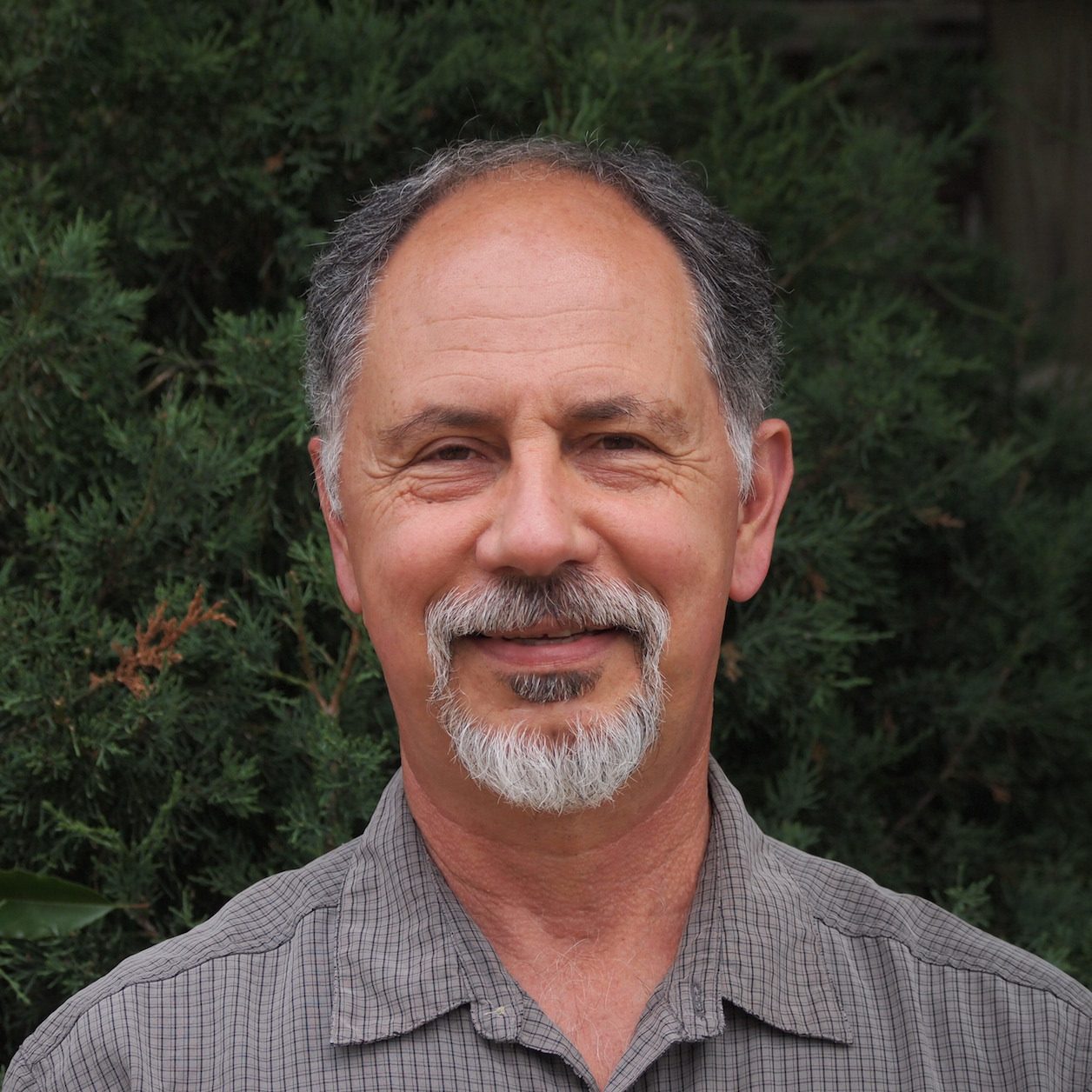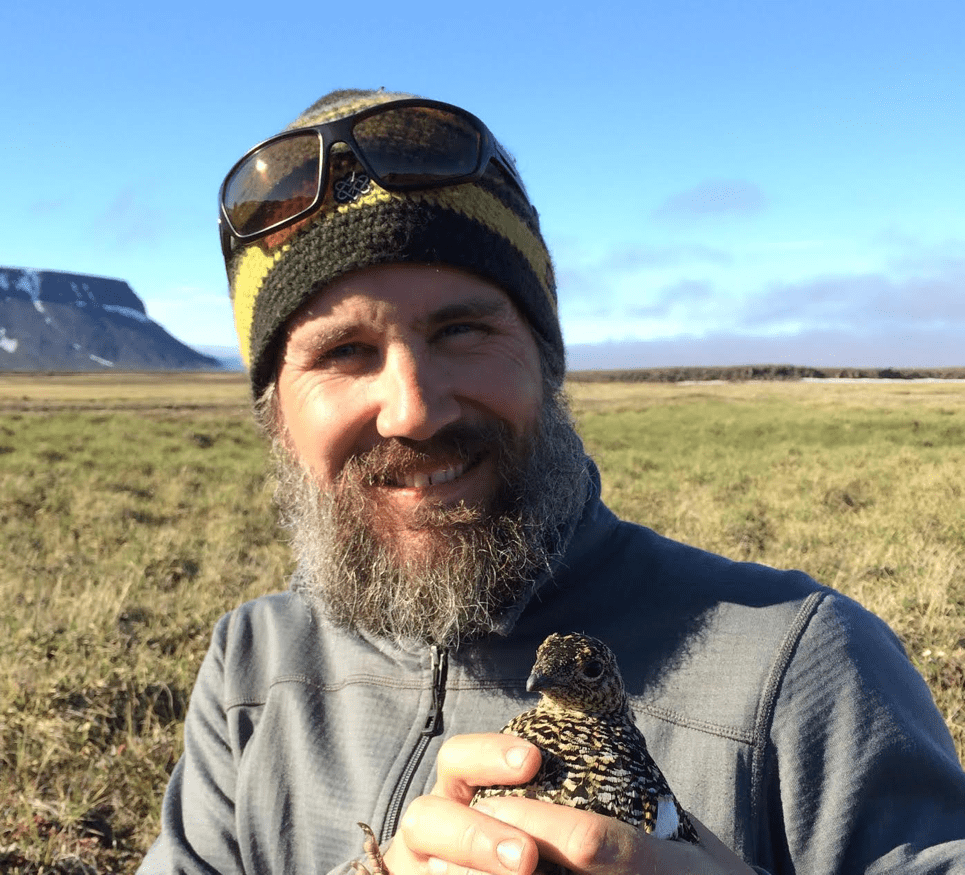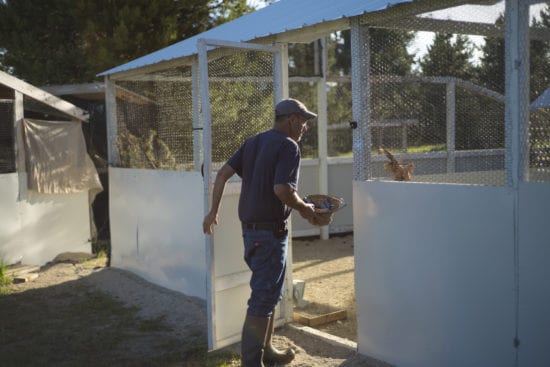To ensure a genetic rescue project that may benefit both Heath Hen de-extinction as well as related endangered species (if possible), we have assembled an Advisory Group. These experts have an interest in the Heath Hen and experience working with the Greater Prairie Chicken, the Attwater’s Prairie Chicken, and the Sage Grouse (all related species).
PARTNERS & ADVISORS
Sequencing Advisors
Genome sequencing necessary to bring back the heath hen would not have been possible without these advisors:
- Jeff Johnson, Project Coordinator
- Tom Chase, Heath Hen Project Key Advisor
- Giri Athrey, Assistant Professor of Avian Genomics Texas A&M
- Don Bruning, Former Chairman and Curator, Department of Ornithology, Wildlife Conservation Society
- Peter Dunn, Professor, Department of Biological Sciences, University of Wisconsin-Milwaukee
- Ed Green, President, Dovetail Genomics, LLC
- Lena Larsson, Assistant Director, Sutton Avian Research Center
- Lance B. McNew, Assistant Professor, Wildlife Habitat Ecology, Montana State University
- Beth Shapiro, University of California, Santa Cruz, Paleogenomics Lab
- Ben Novak, Revive & Restore

Partner Biographies

Tom Chase
Executive Director of Village and Wilderness Project
Board of Directors, Revive & Restore
Key Advisor, Heath Hen Project
Tom Chase is serving as a key advisor to Revive & Restore on the Heath Hen Revival Project. Tom directs the conservation strategies for the Massachusetts chapter of The Nature Conservancy and was one of the panelists at Revive & Restore’s Heath Hen Event in July 2014 which brought the idea of a heath hen de-extinction to the Martha’s Vineyard community. Born and raised on Martha’s Vineyard, Tom brings a deep understanding of land-use change to the conservation of Massachusetts’s coasts, including making residential landscapes more supportive of essential ecological processes. Tom has a B. S. in Zooarchaeology from the University of Florida and an M.S. in Quaternary paleoecology from the University of Maine. His areas of expertise and interest include Martha’s Vineyard and Nantucket Island, ecological restoration, conservation entrepreneurship, conservation education and community engagement, island ecology, archaeology, and climate change. Tom grew up hearing first-hand accounts of the heath hen and as child fantasized he might one day find them in a hidden corner of the Vineyard.

Jeff Johnson
Associate Professor, Department of Biological Sciences, University of Northern Texas
Project Coordinator, Heath Hen Project
Dr. Jeff A. Johnson is a strong believer of Revive & Restore’s research and conservation efforts. His first study using ancient DNA from museum study skins was focused on the extinct Heath Hen, and he is now serving as project coordinator of the Heath Hen project. Jeff’s earlier work with the Heath Hen focused largely on identifying factors leading to its extinction, and then used that information to help prevent other grouse species from following a similar path. Since joining efforts with Revive & Restore, those interests have now shifted to the revival of the Heath Hen. Jeff is also very much interested in applying similar methods to supplement genetic diversity of threatened species that have experienced significant population decline such as the federally endangered Attwater’s Prairie-chicken. Ultimately, the innovative technology and methods developed with the Heath Hen project will benefit other species’ and their conservation. Through this work Jeff is becoming a prominent figure conceptualizing the field of genetic rescue, with new publications building the cornerstones of the emerging field.
Selected Publications:
- Johnson JA, Altwegg R, Evans DM, Ewen JG,Gordon IJ, Pettorelli N, Young JK. 2016. Is there a future for genome-editingtechnologies in conservation? Animal Conservation 19:97-101.
- Steeves TE, Johnson JA, Hale ML. 2017. Maximizing evolutionary potential infunctional proxies for extinct species: a conservation genetic perspective onde-extinction. Functional Ecology 31:1032-1040.
Jeff received his M.S. in Zoology at North Carolina State University and his PhD in Biology at University of Wisconsin-Milwaukee and is currently an Associate Professor at University of North Texas in the Department of Biological Sciences and Institute of Applied Sciences. Research in Jeff’s lab often uses genetic methods as a tool for active conservation efforts with threatened and endangered species, primarily birds with emphasis on grouse and birds of prey. Jeff has published over 100 peer-reviewed scientific journal articles, monographs, book chapters, conference proceedings, and currently serves as Editor for the journal Animal Conservation.

Dan Snyder
Grouse Park
Project Partner, Heath Hen Project
Dan Snyder has owned and operated Grouse Park since 1978, breeding grouse and other birds for several conservation projects. For Revive & Restore, he constructed specialized lekking pens — where the males gather to engage in competitive display that may entice visiting females who are surveying prospective breeding partners. He established a flock of 10 Greater Prairie Chickens, or 3 lekking groups, in October 2015 These birds provided 72 of eggs in a single season, surpassing our goal of 40 eggs. From these eggs, Crystal Bioscience, has begun the work of creating the primordial germ cells that eventually will lead to the de-extinction of the Heath Hen.

Crystal Bioscience
Project Partner, Heath Hen Project
A team at Crystal Bioscience, led by Marie-Cecile van de Lavoir, is working on the task of establishing the germ-cell resources necessary for genome editing. Fifty percent of the eggs Crystal Bioscience received from Grouse Park produced embryos for harvesting germ cells. If the team is able to successfully edit the genomes of these germ cells, then some day soon, greater prairie chickens could be laying fertile Heath Hen eggs, and the first extinct bird would return to the world.



